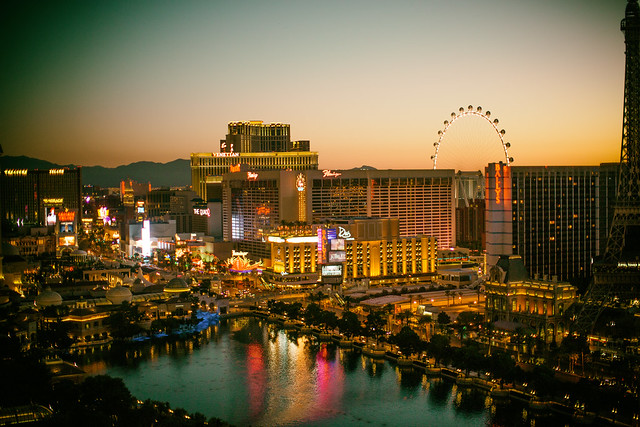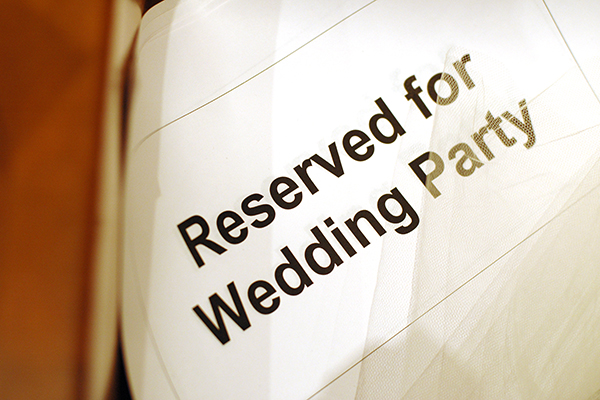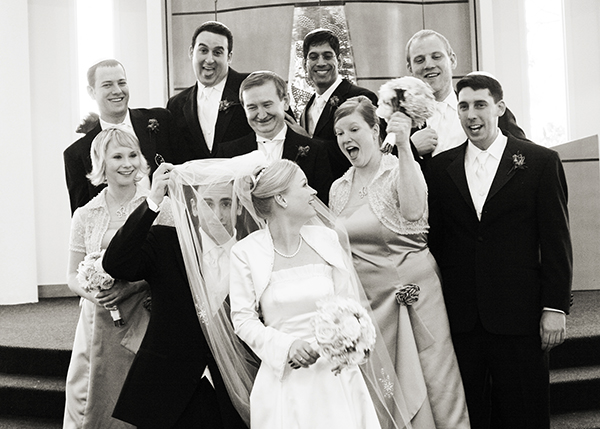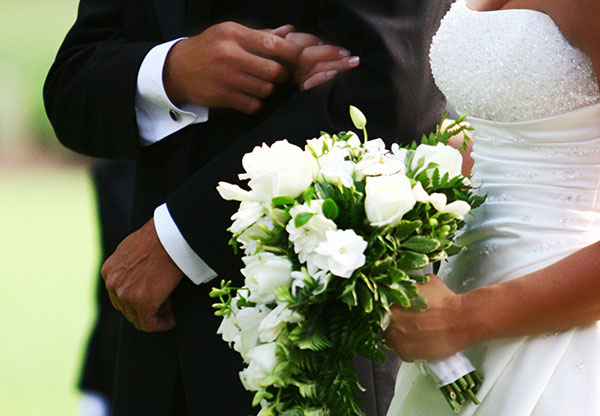Tether Tools has introduced a new version of its Smart Shooter application that adds a plug-in for Sony cameras so they can tether directly into Adobe’s Lightroom Classic. The standalone software is also compatible with Nikon and Canon cameras and allows users to control their camera settings and import images from the camera as they are being shot.
 |
While Nikon and Canon users can also use Lightroom Classic they need to do so via hot folders from the standalone software, but with the new plug-in Sony cameras can be seen in the Lightroom Tethering Bar. Images shot on Sony cameras will be pulled in to Lightroom automatically, collecting presets on the way to give users finished pictures directly in their catalogs.
 |
Users can also elect to save pictures to the computer and the memory card at the same time, while the on-screen live view allows multiple loupe positions for simultaneously checking focus in more than one area. The company says Smart Shooter 4 offers more camera controls than before and that import scripts can be automated.
 |
A ‘Pro’ version of the software gives photographers the ability to toggle between up to eight connected cameras, and to trigger them all at the same time. It also allows barcode and QR code scanning via the tethered camera.
Tether Tools Smart Shooter 4 is available now and costs $ 69.95 for the standard version and $ 195.95 for the Pro version. Tether Tools says it is working on a plug-in for Canon cameras that it hopes to release next year. For more information see the Tether Tools website.
Press release
New Smart Shooter 4 Plug-in Enables Sony Tethering Support For Adobe Lightroom Classic
Photographers can now enhance their tethering experience in Lightroom through this direct integration from Tether Tools.
Tether Tools is pleased to announce the release of an integrated Smart Shooter 4 plug-in for Lightroom Classic. As the industry leader in solutions for tethered capture, Tether Tools developed the plug-in with the goal of expanding Lightroom Classic’s native tethering capabilities. The result is a smooth, stable tethered connection with added Sony compatibility and valuable features for Nikon users. The Smart Shooter plug-in for Lightroom will provide users with efficiency, enhanced workflow quality, and delivering a more unified tethered experience.
“Tether Tools is always assessing how we can create compatibility between gear and systems within the tethered workflow. Among other great features, we’re really excited for Sony photographers to be able to tether directly into Lightroom,” says Josh Simons, Tether Tools’ President & CEO.
Smart Shooter 4 is a digital photography workflow application that allows users to fully control a camera from a computer, giving the freedom to explore and experiment to help take the perfect picture. Automatic download and display provide the ability to fully evaluate photos in seconds, and real time live view output will help focus and compose the image. Scripting language lets users have control of their camera, allowing them to take multiple photos with varying settings just by clicking a single button.
This integration with the Smart Shooter Plug-In adds onto native Lightroom Classic functionality to provide:
Compatibility with Sony Cameras: Users will be able to see their Sony camera in the Lightroom Classic tethering bar and ingest images directly into Lightroom Classic without any additional configuration or set-up.
Automatically Apply Lightroom Presets: Using the plug-in, images are immediately imported into Lightroom Classic catalogs so that users will be able to apply presets in real-time. This saves time compared to alternative solutions that require use of watch folders.
Save to card and computer simultaneously: Smart Shooter provides the ability to capture and save images to both their computer and camera memory card for backup.
Advanced Tethering Features: Direct your tethered session from Smart Shooter to take advantage of its advanced tethering features including multi-loupe view, Live View, automated scripts, increased camera controls and more while still instantly transferring images to Lightroom.
Barcode Scanning: Automatically scan barcodes or QR codes, through the camera lens, to automate workflow, improve organization and save time in post-production.
Multi-camera connectivity: Seamlessly toggle between up to 8 cameras in Lightroom or simultaneously control and trigger up to 8 cameras from the Smart Shooter interface.
Long-time Lightroom user and photographer Bryan Welsh stated, “As a working portrait photographer, I rely on tools that enhance my ability to work without adding stress. The new plug-in for Smart Shooter 4 and Adobe Lightroom [Classic] performs seamlessly to deliver on that. This combination allows me to see my best work realized.”
Smart Shooter comes in two versions, both for a single user, but with different options and prices. Smart Shooter 4, which costs $ 69.95, can be used with one camera and offers tethered shooting, remote control, live view and prepackaged scripts. Smart Shooter 4 PRO has the functions from the base version, but offers multi-camera control, Through the Lens Barcode and QR code scanning, external API integration and custom scripting. Priced at $ 195.95, it also allows users to shoot simultaneously with up to 8 cameras.
For Sony and Nikon users, the Smart Shooter Plug-In for Adobe Lightroom is available on TetherTools.com and through Tether Tools retailers globally. Each purchase grants a fully licensed version of Smart Shooter 4 or Smart Shooter 4 PRO which includes the Lightroom plug-in. Tether Tools is also working to make the plug-in available through the Adobe Exchange. Tether Tools is working with Adobe to enable full plug-in support for Canon next year.
Articles: Digital Photography Review (dpreview.com)



































You must be logged in to post a comment.